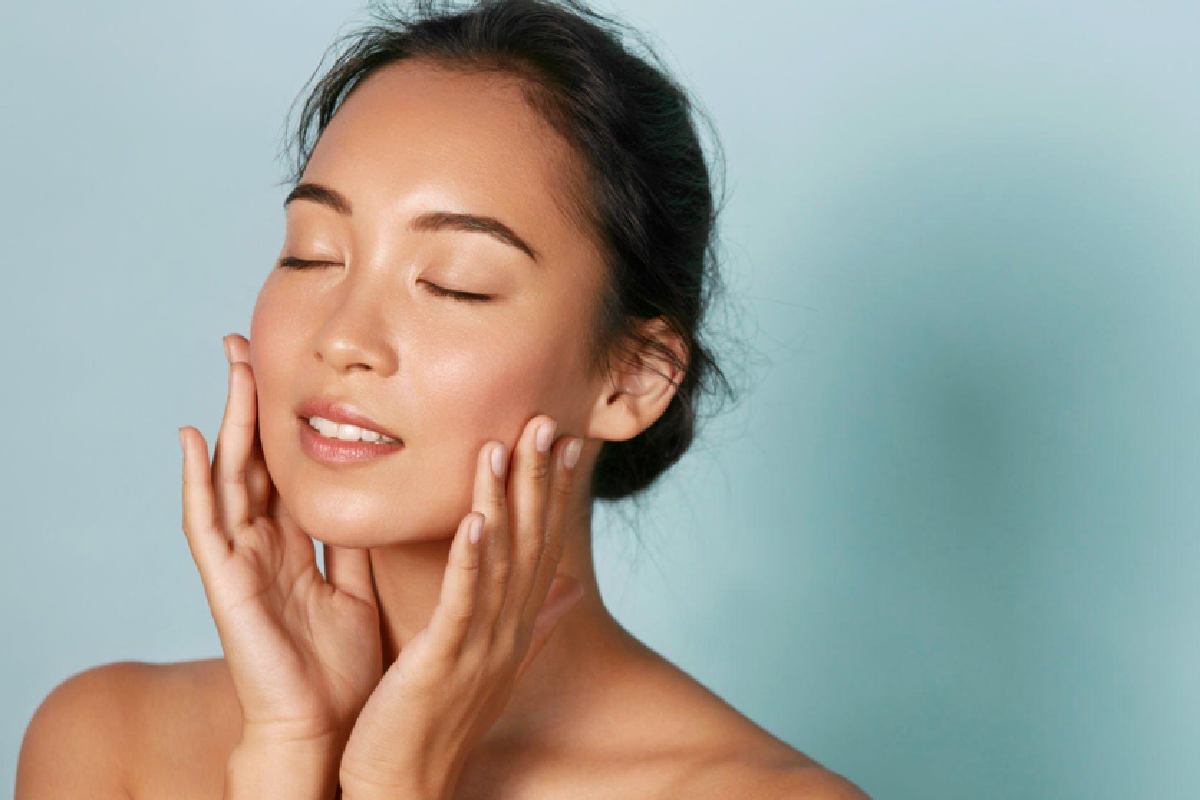Exfoliating your face means removing all dead skin cells from the external layer of your skin. It is usually done with exfoliating tools, grainy substances, or chemicals. These skin cells fall off independently, for which exfoliant or scrub helps clear your skin and make it brighter, lighter, and more youthful. People with sensitive skin use a washcloth with warm water or physical scrub.
Table of Contents
Types of Exfoliating your Face
Exfoliation is of three classes with different functions, skin types, concerns, and needs.
Physical Exfoliants
It is also known as mechanical exfoliants, including treatments and products like polishes, face scrubs, cleaning brushes, and derma that removes and lifts dead cells and dirt with friction.
Chemical Exfoliants
Its treatment includes cleansers, face peels, masks, toners, and leave-on skin care products (like serums, moisturizers, etc.). It contains enzymes or acids that looses the bonds between deep dead skin cells by which they can be dislodged.
Combination Exfoliants
This refers to rinse-off exfoliators that consist of both chemical and physical exfoliating ingredients in a single product with balanced concentrations.
Reasons You Need To Start Exfoliating Your Face
Because the skin is constantly repairing and replacing itself, a layer can build up all over the body. Here are the top 5 benefits of exfoliating to help create brighter, smoother skin:
- Lighten age spots
- Make fine lines and wrinkles less conspicuous.
- Allows for better absorption of moisturizers, antioxidants, and collagen-boosting serums.
- Opens pores.
- Minimize pore size and superficial scarring
It is essential because it helps break down some upper surface cells that make your skin look dry and dull. “The brown spots are also improved because some deep ‘dead’ surface cells contain color.”
Light skin certainly has benefits, but exfoliating can help to improve your skin health. If the face is covered with dead cells, skin care products can penetrate and prevent it from functioning. It also allows the product to work more effectively.
In addition, by removing the top layer of skin, topical treatments can make a real difference by making it easier for them to sink deep below the surface.
Finally, exfoliating can help open up clogged pores that often cause acne and minimize their size if you have acne-prone skin. It can also help increase skin cell turnover and stimulate collagen production, helping acne scars fade faster.
How to exfoliate skin in 5 steps:
- Rinse off with lukewarm water.
- Using a sponge or a brush, use short, light strokes.
- Follow with moisturizer.
- Apply all products gently with small, circular motions.
- Gently scrub for 30 seconds.
Precautions When Exfoliating Your Face
Exfoliation offers countless benefits to your skin, but as you know, there are a few precautions we should all take. Has been summarized some critical notes on exfoliation:
- When using a beaded scrub, do not rub too hard or too often.
- Be careful when using a scrubber or other tools. You don’t have to do everything!
- If your skin is dry and irritated, don’t use chemical peels too often.
- Use warm water as hot water can cause too rough, dry, and irritated skin.
- Moisturizes the skin after exfoliating.
Conclusion
Exfoliating your face can dry your face skin, But immediately applying moisturizer after exfoliating will keep your look super hydrated. Then, use your regular moisturizer with opal essence serum primer for an additional dosage.
Its hydrated base allows a transparent surface of your makeup that you put on your face after exfoliating. In addition, it helps to remove visible dry patches or lines, and its inflamed botanicals will brighten your complexion for extra radiance and glow.

